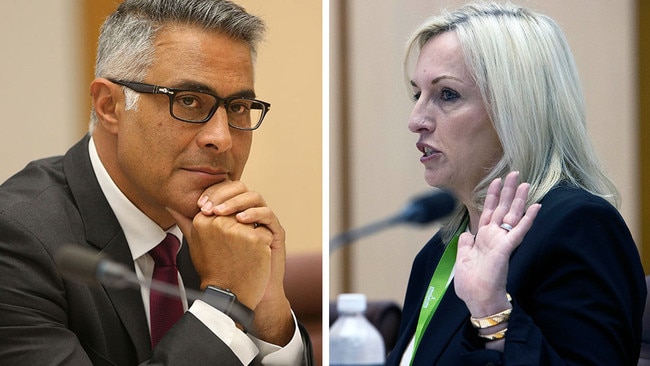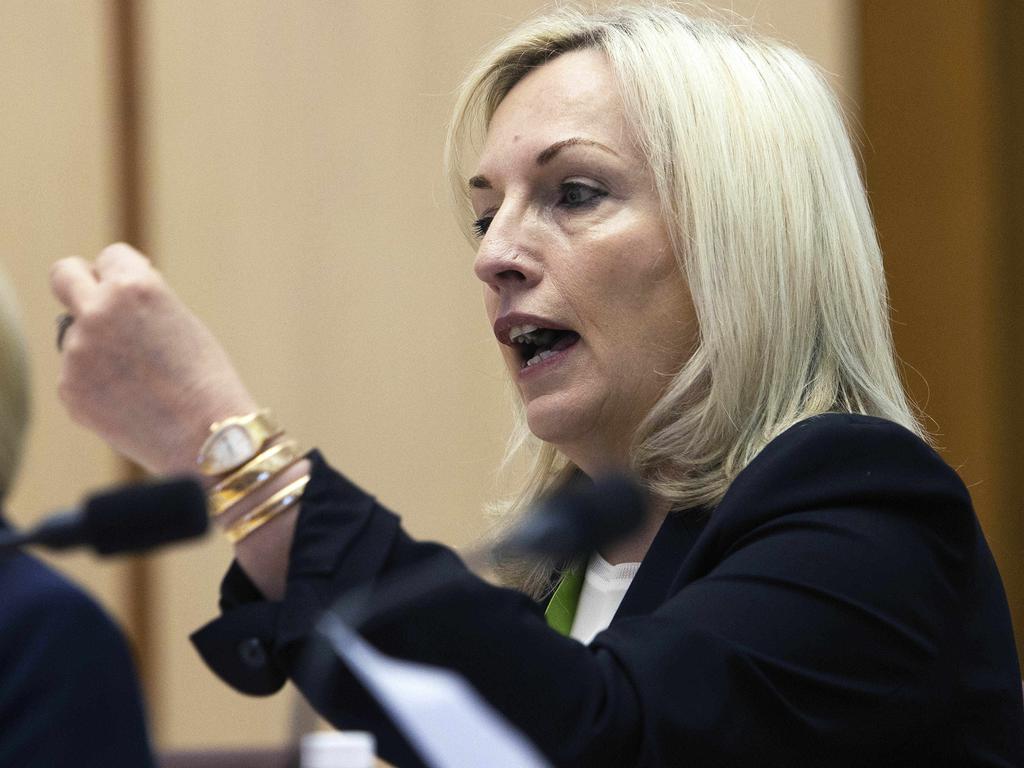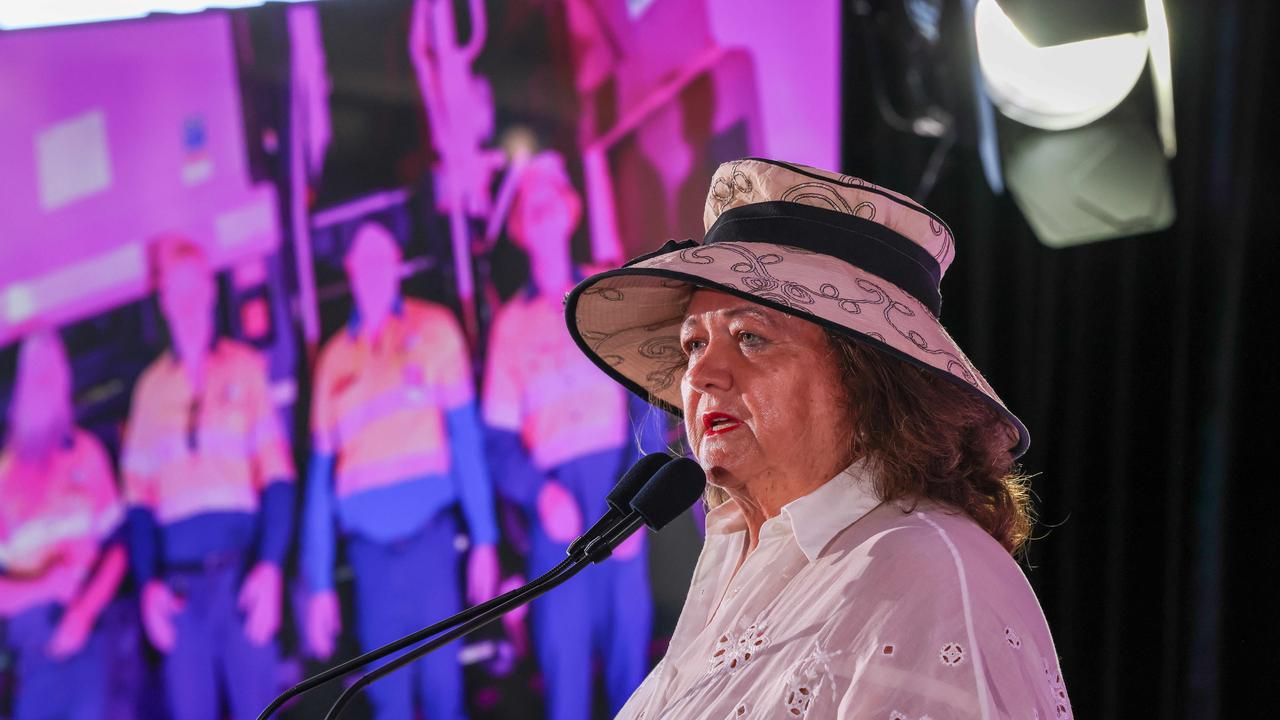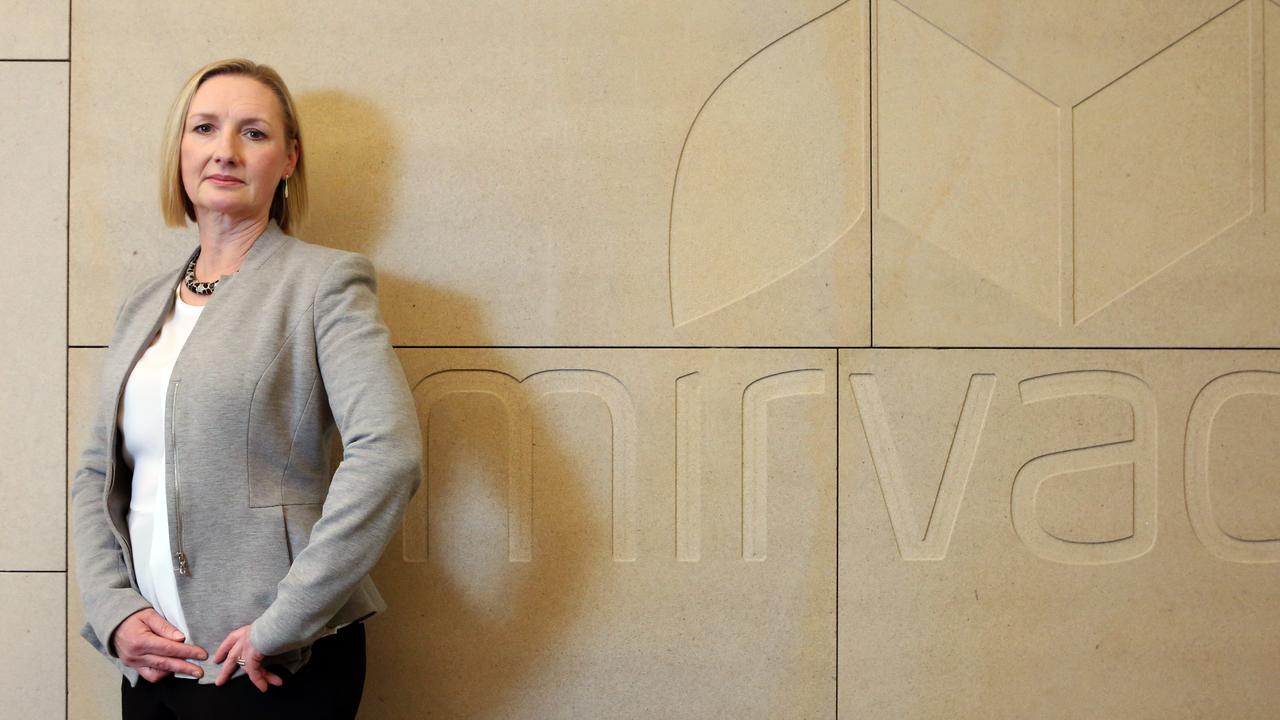
Better still, the Australia Post network was now in great shape to win the next round of the battle with competitors DHL, FedEx, TNT and Toll.
It would allow Australia Post to retain dominance of online ordered parcel deliveries and double the value of the government’s Australia Post investment from about $5bn to $10bn.
In 2018, then new chief executive Christine Holgate and her team had just secured a deal to conduct retail operations for three major banks, which meant that the branch base for online deliveries that has so devastated the international transport majors would remain intact.
Chairman John Stanhope decided that a small token of appreciation — a $3000 watch — was an appropriate response to such a momentous event to boost small business and enhance the government’s underlying financial position. He was wrong. The history of the post office should have told him governments are about politics and appearances. Private sector rewards are a foreign language.
Nevertheless, despite the politicians, Australia Post is a business story with few parallels in the world.
The “reinvention” of Australia Post actually starts in National Australia Bank and in the old TNT company developed by Peter Abeles. Former TNT chief executive David Mortimer had saved TNT from a very difficult situation but was treated badly when TNT was acquired by Dutch Post in 1996. Mortimer became chairman of a struggling Australia Post in 2009.
Over at NAB, Ahmed Fahour established UBank for the bank and he saw first-hand the power of technology to revolutionise a business. He was expected to be NAB chief executive but in 2008 he was passed over in favour of Cameron Clyne, who later became a national rugby figure.

That left Fahour on the market for a CEO job.
Mortimer’s then chief executive, Graeme John, was retiring and Mortimer and his board offered the Australia Post chief executive job to Fahour on the same salary — $1.5m a year — plus bonuses.
John, with bonuses, had managed to get his salary up to about $3m. To get the job, Fahour explained his strategy to develop Australia Post’s declining mail business into a parcels business. That would put Australia Post in competition with TNT/Dutch Post. Mortimer relished the idea but wondered whether the banker could pull off what he knew would be a difficult task.
The ALP’s communications minister at the time, Stephen Conroy, endorsed the original Fahour package. Conroy also approved the appointment of Stanhope as chairman, replacing Mortimer, but then left the parliament and the Coalition came to office.
The Coalition government approved Australia Post board’s recommendation that the next Fahour contract include a stretch bonus or long-term incentive that is common in private enterprise.
Given that Australia Post was going to face unprecedented international competition, no one really thought it would be able to beat the majors and thus deliver Fahour his super bonuses.
But Fahour and his people completely outmanoeuvred the international giants and achieved dominance of parcel delivery in Australia. Nowhere else in the world has a government-owned body outfoxed the internationals.
Over seven years, Fahour returned the government about $4bn in dividends and used the profits from the parcels division to offset postal losses, which would otherwise have been a government cost. But then came the bonuses and his payments rose to about $5.7m.
He was bundled out the door by the Coalition and the government took the credit for the $5bn paper profit and dividends he had delivered for them. Champagne flowed in the international giants’ boardrooms because they believed they could kill off Australia Post minus Fahour.
Then came Holgate, who had headed Blackmores. She took Fahour’s base to a whole new level as the parcel business boomed.
The man who appointed her, chairman Stanhope, had been an excellent chief financial officer of Telstra and is now a director of AGL and Chancellor of Deakin University.
Such is Australia in 2020 that Deakin and AGL may have to sack Stanhope if he stands up for Holgate because he would be expressing a view very different to that of Scott Morrison. But Stanhope must do the right thing by the nation and Holgate and stand up for her and take the credit and blame the watch decision.
I hope Holgate is strong enough to stand up to the Prime Minister, but her board is stuffed with mates of the Liberals.
There is minimal transport expertise. Meanwhile, the international parcel rivals of Australia Post now have another chance. And I think Morrison needs a holiday — the pandemic has put him under enormous strain.








Two years ago the senior managers of Australia Post had just added $1bn to the capital value of the organisation and ensured that the army of small enterprises that operated the vast post office branch network prospered.